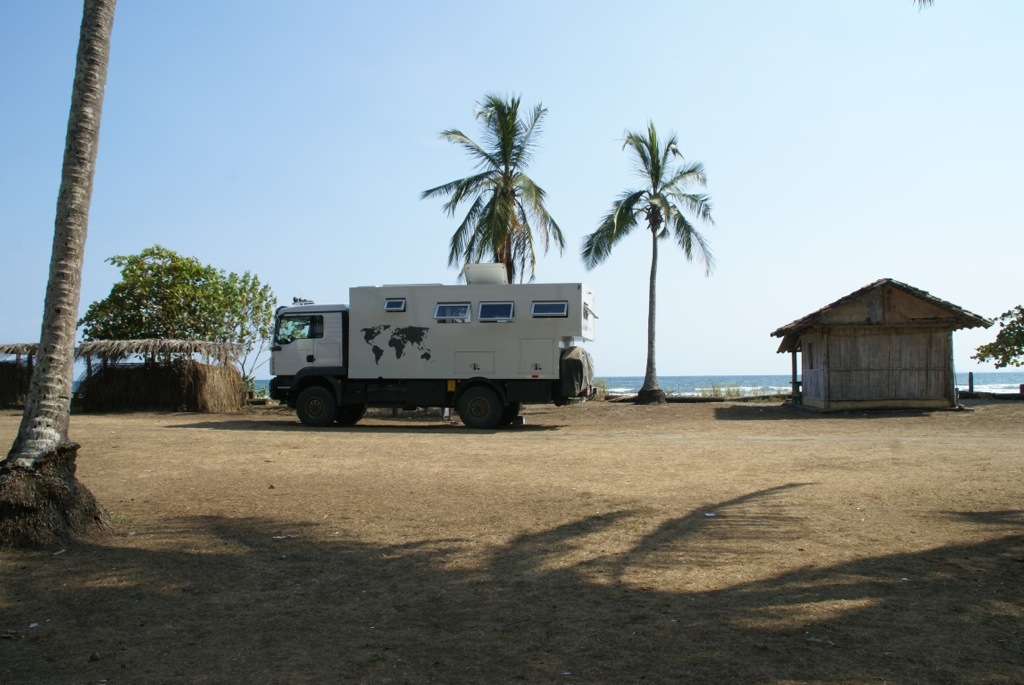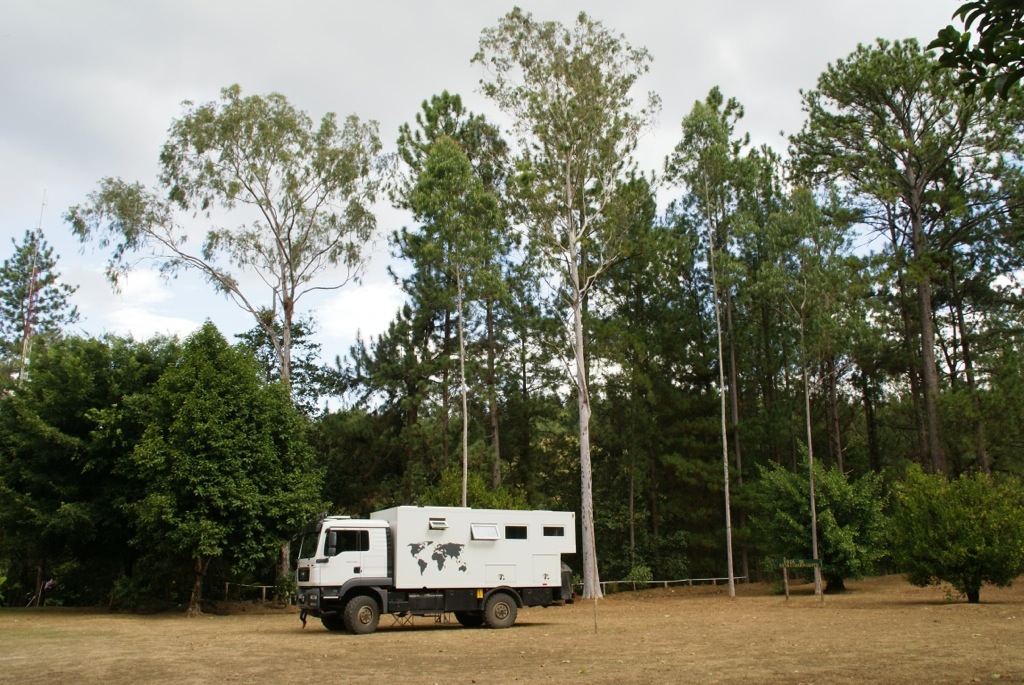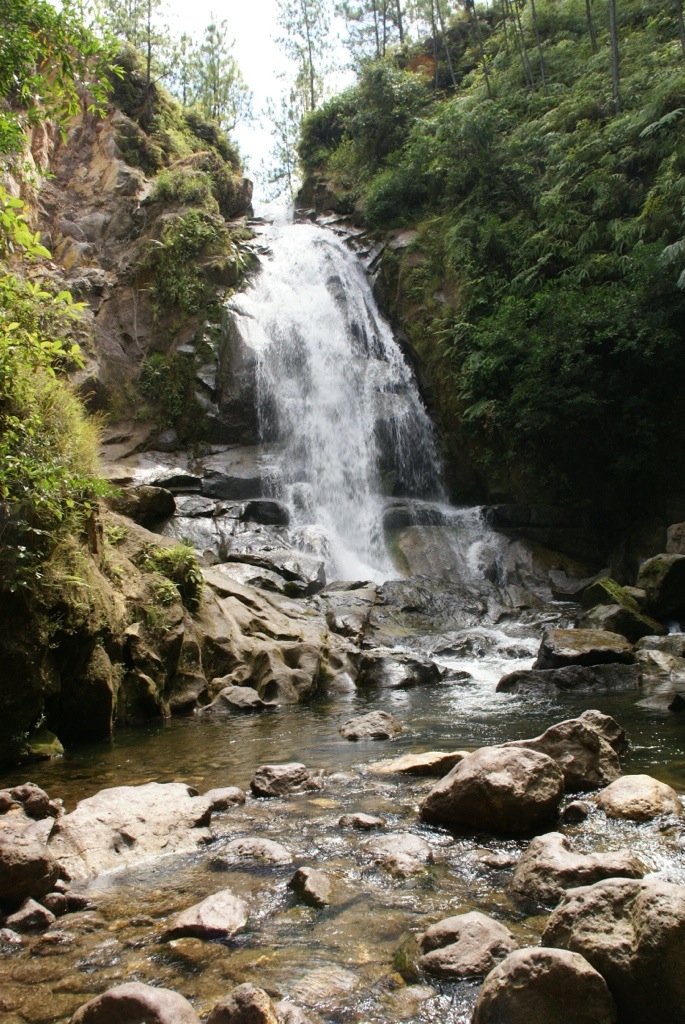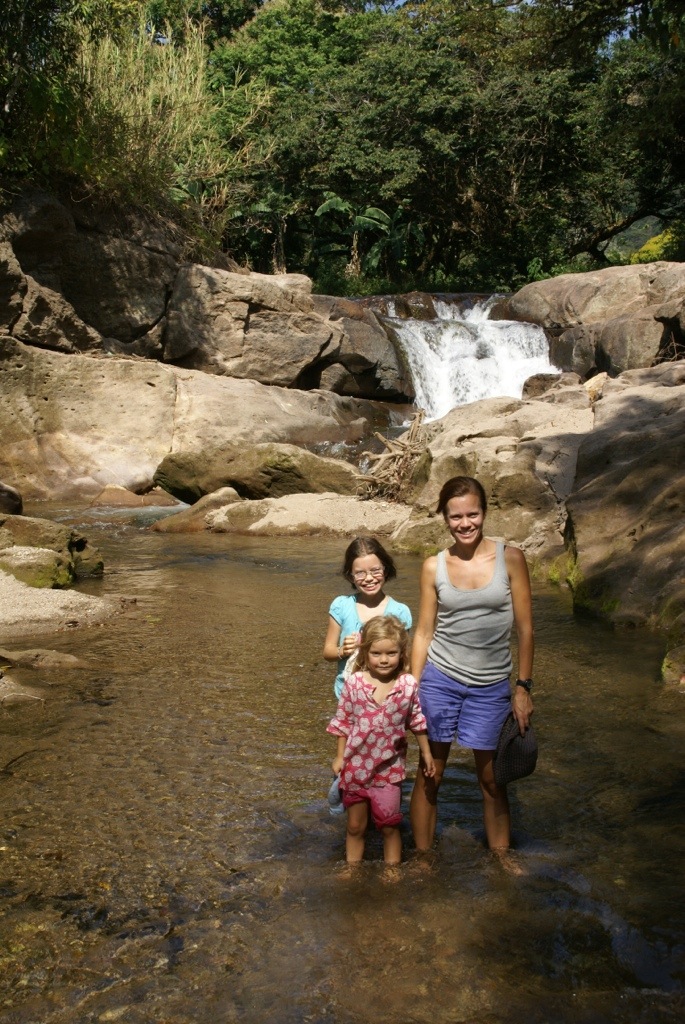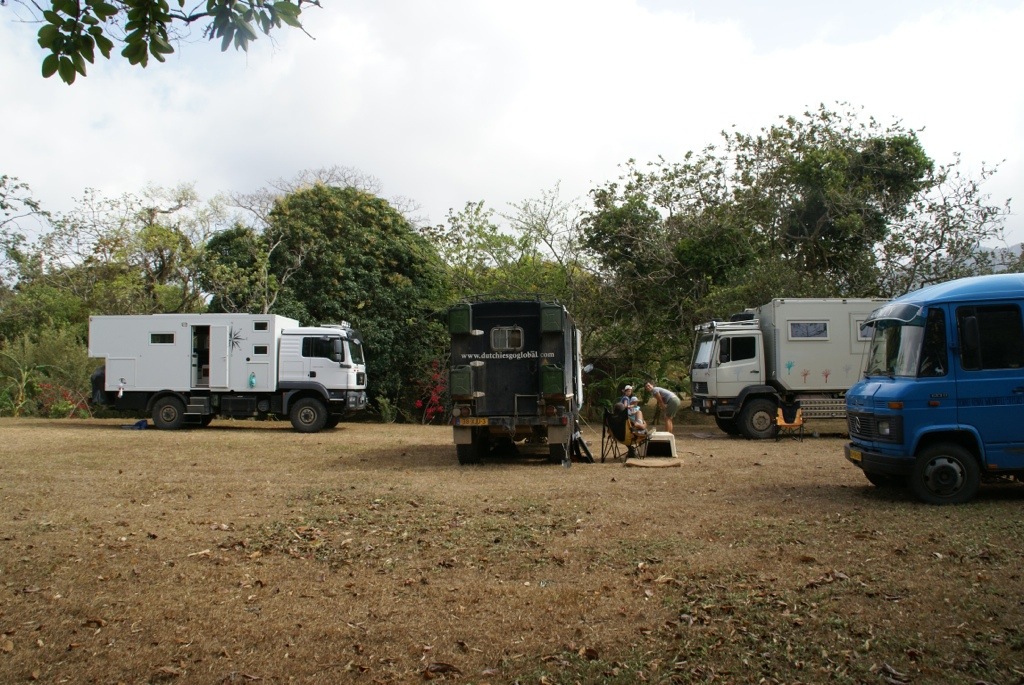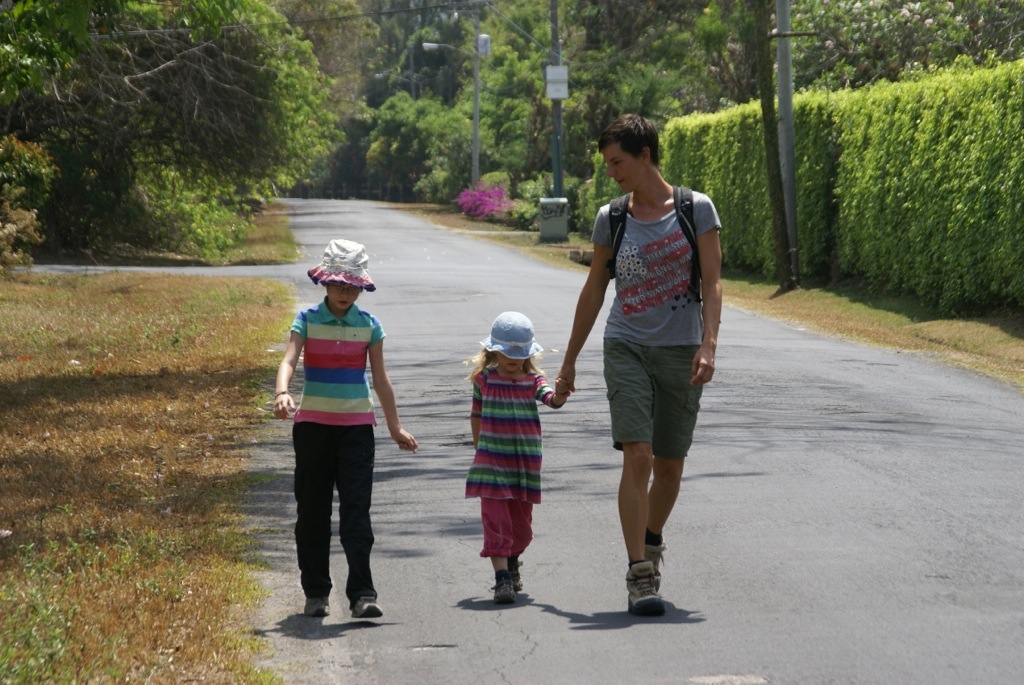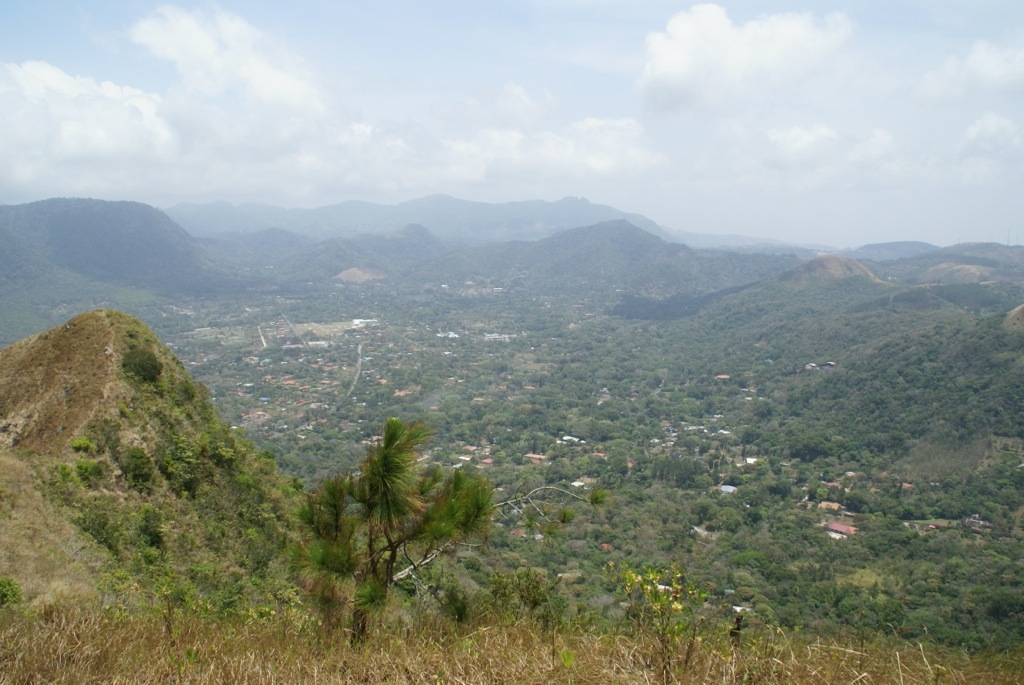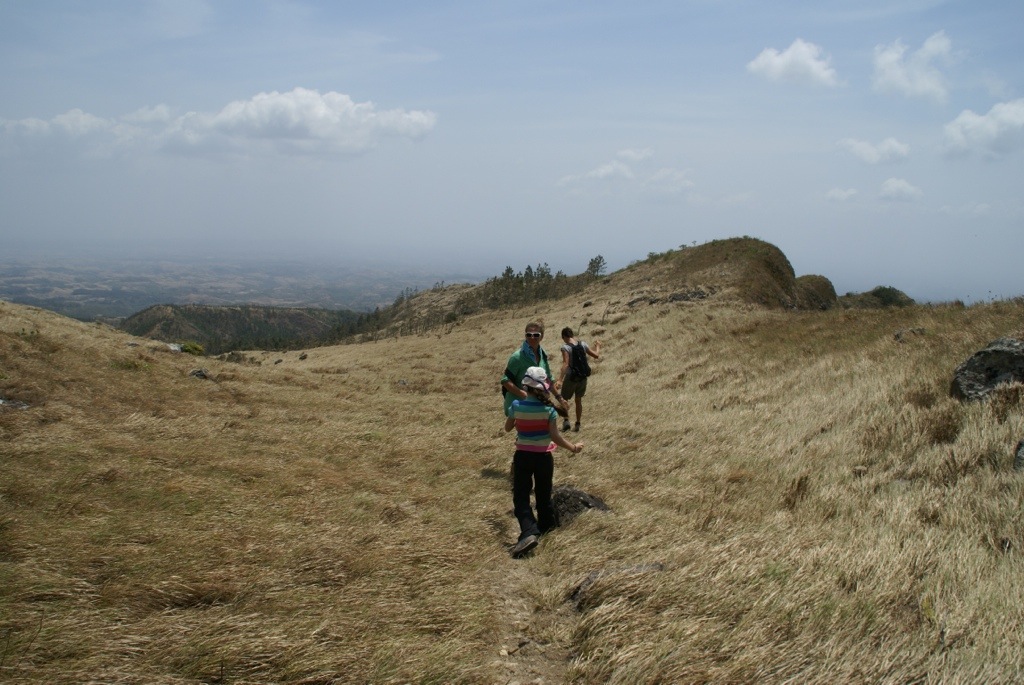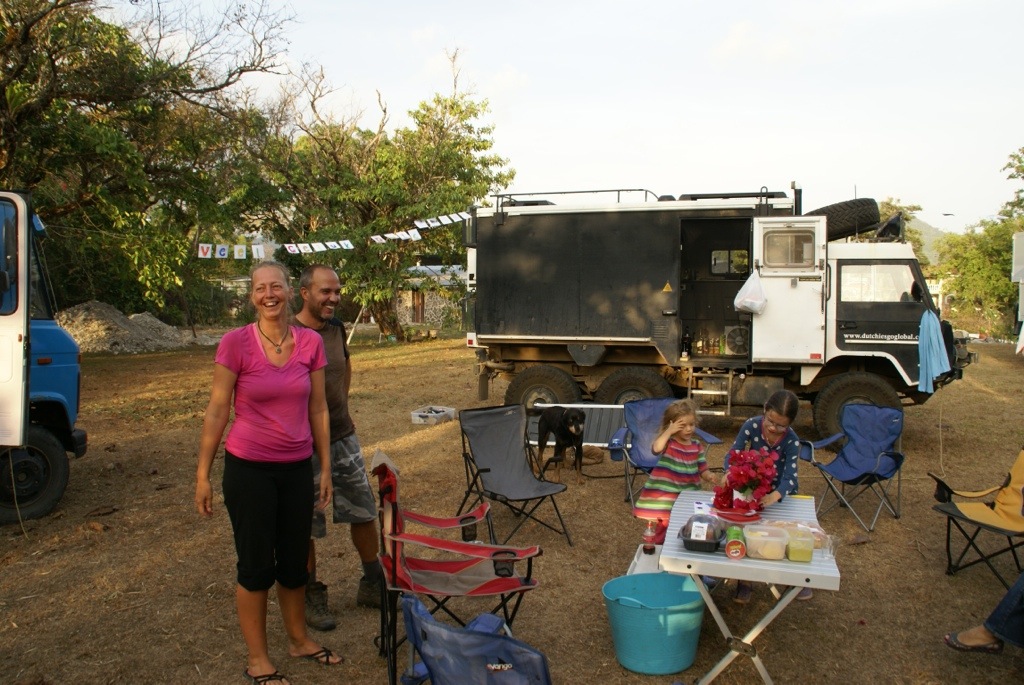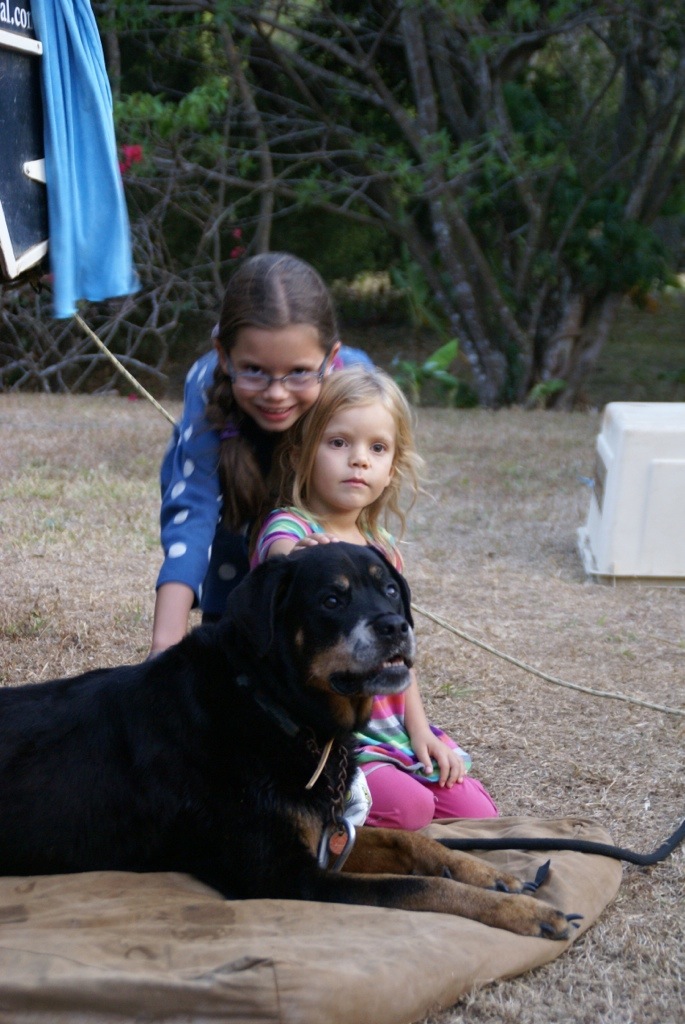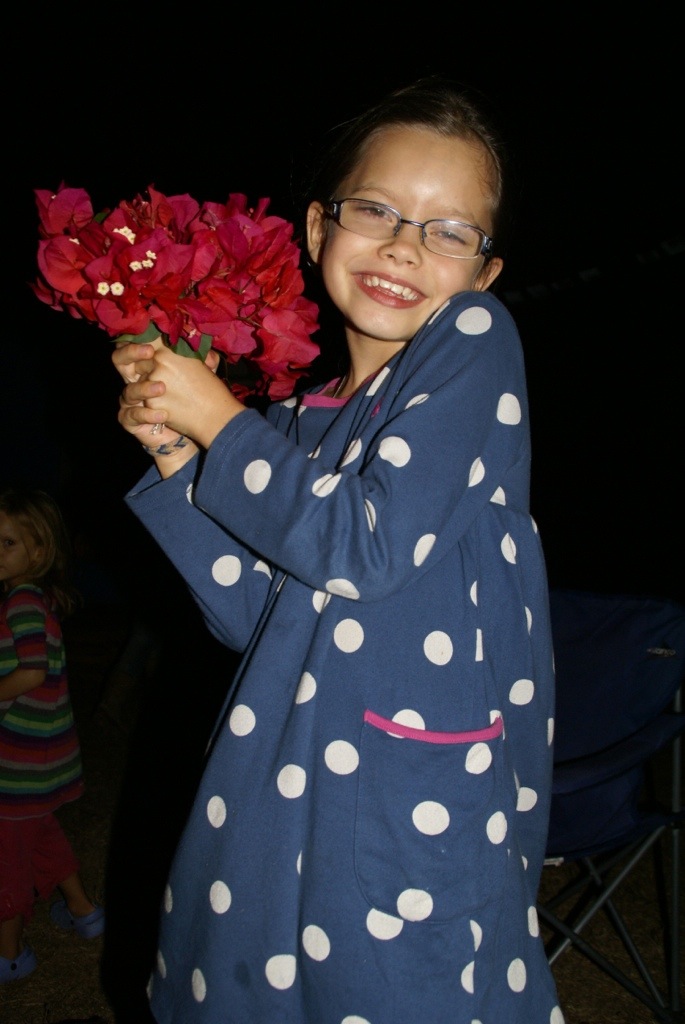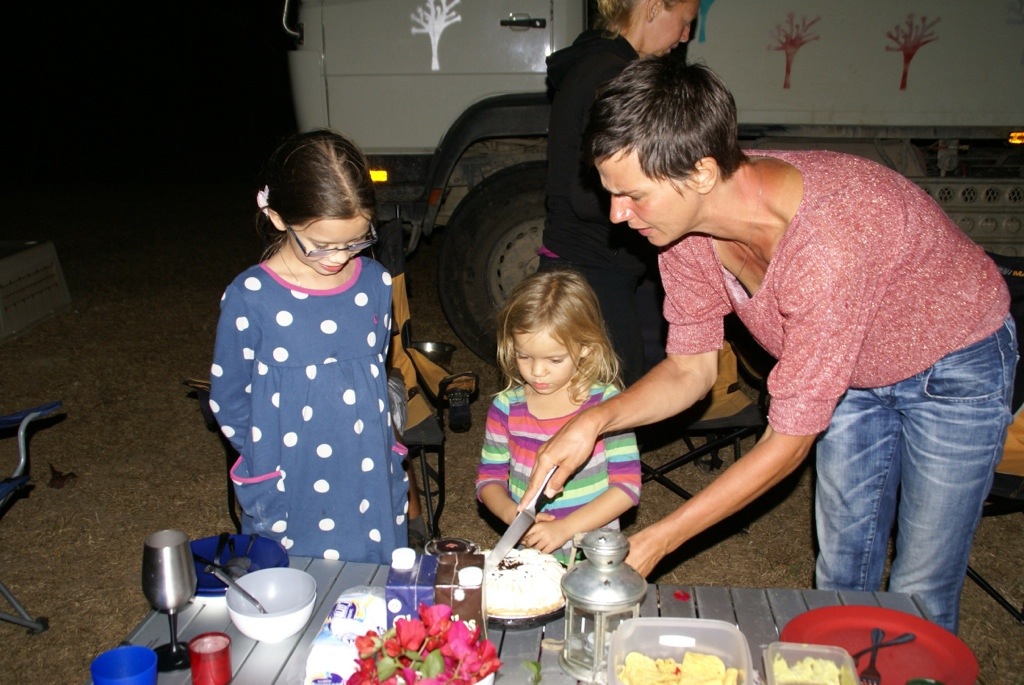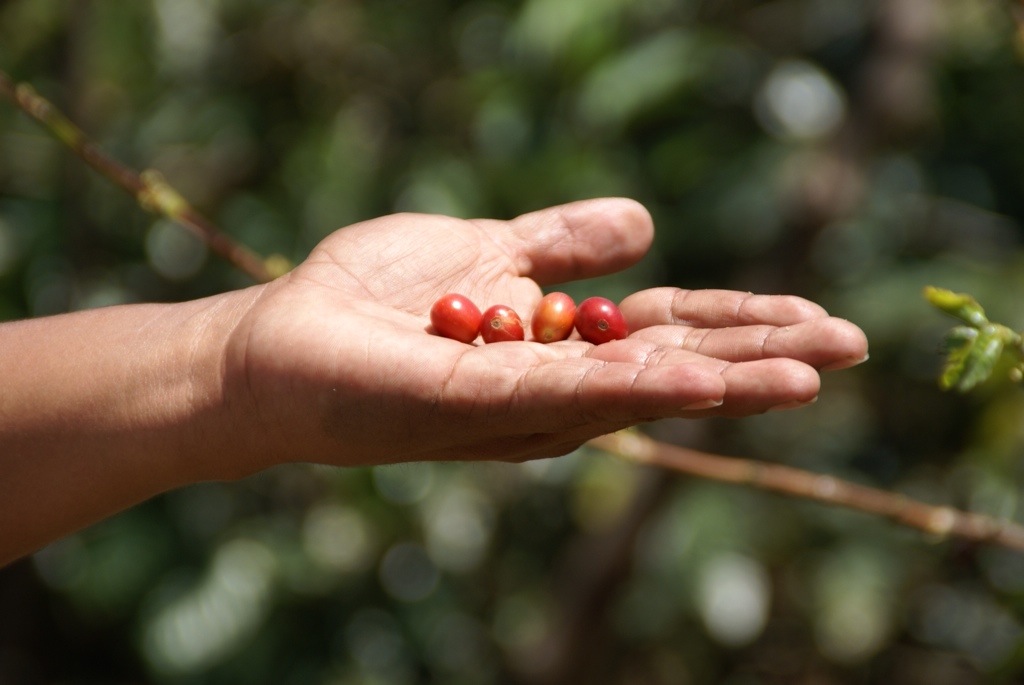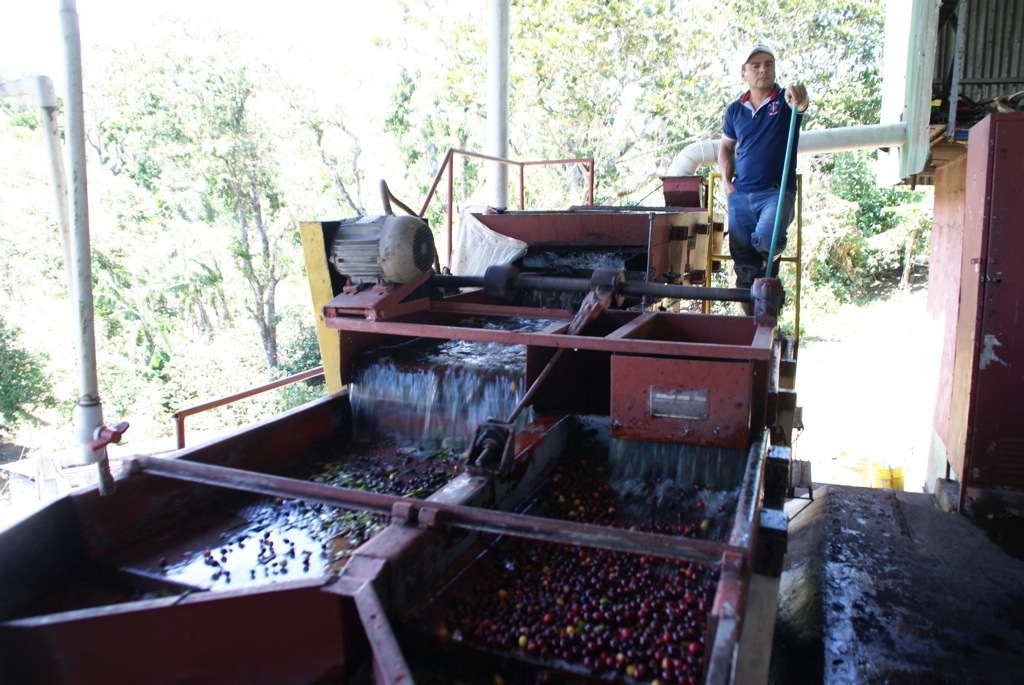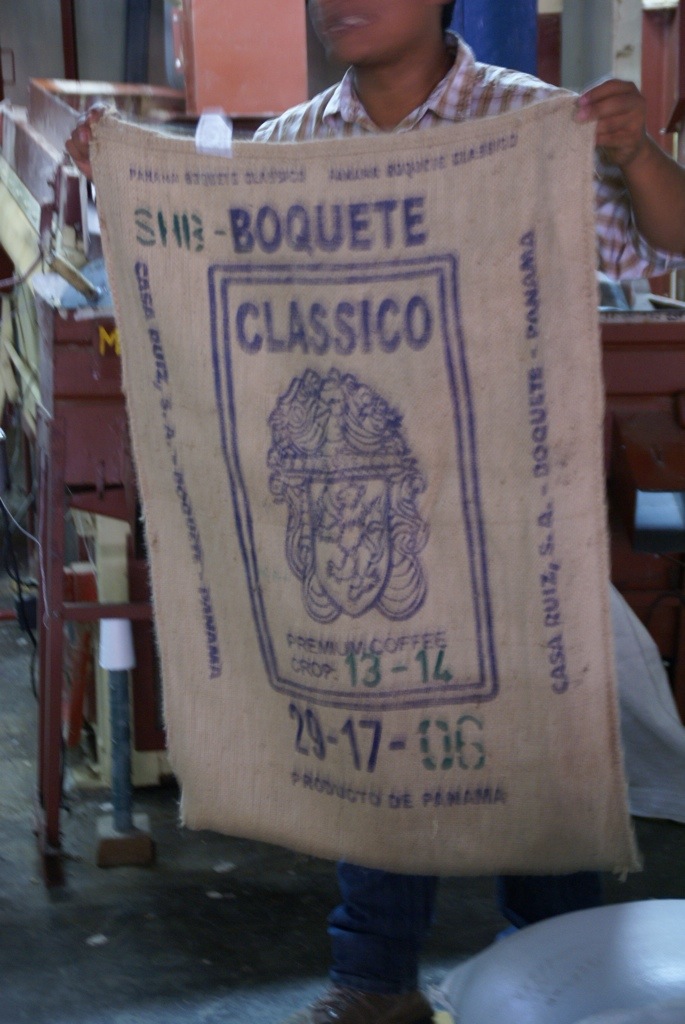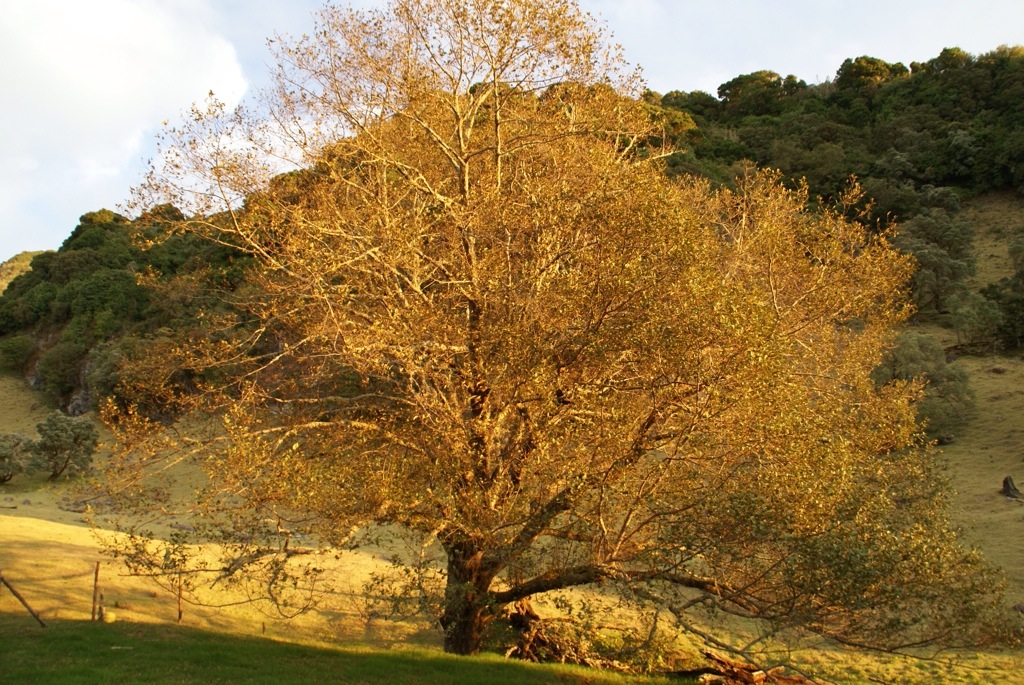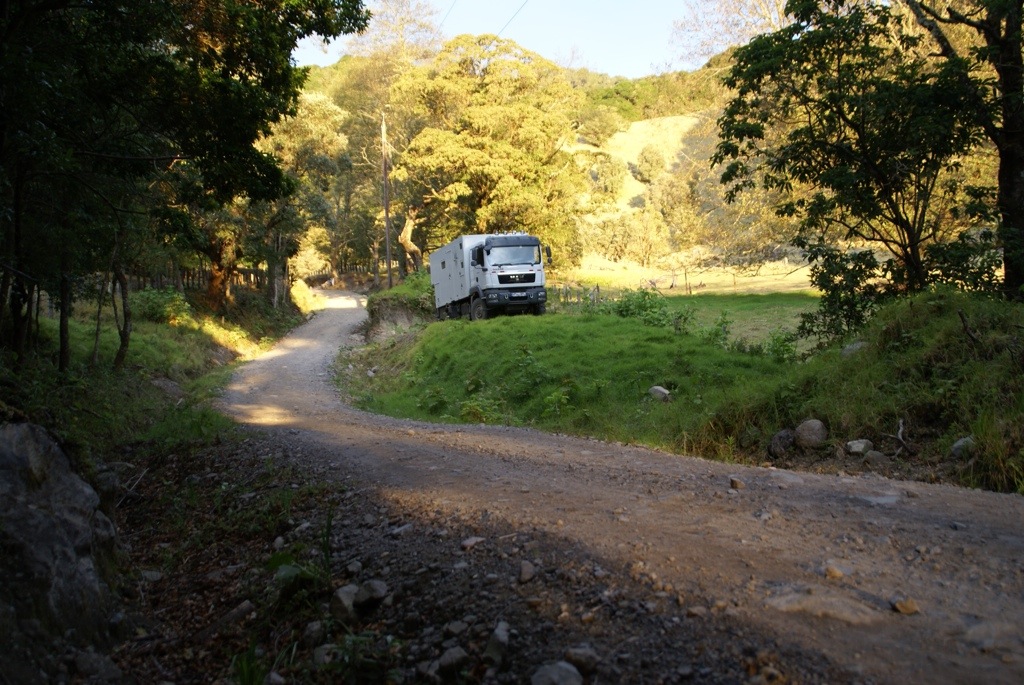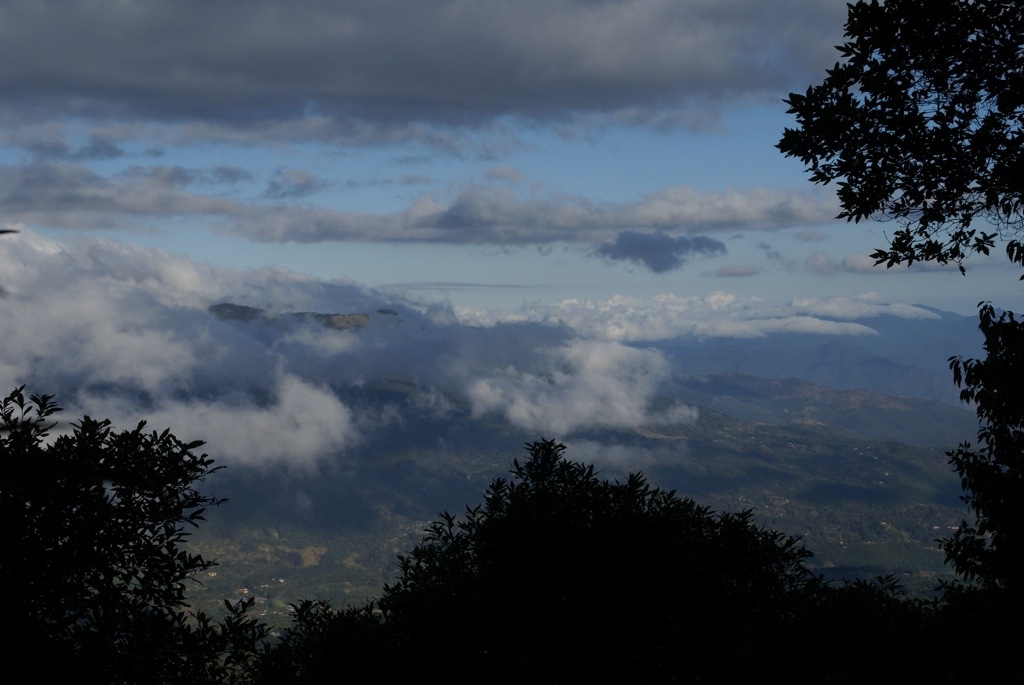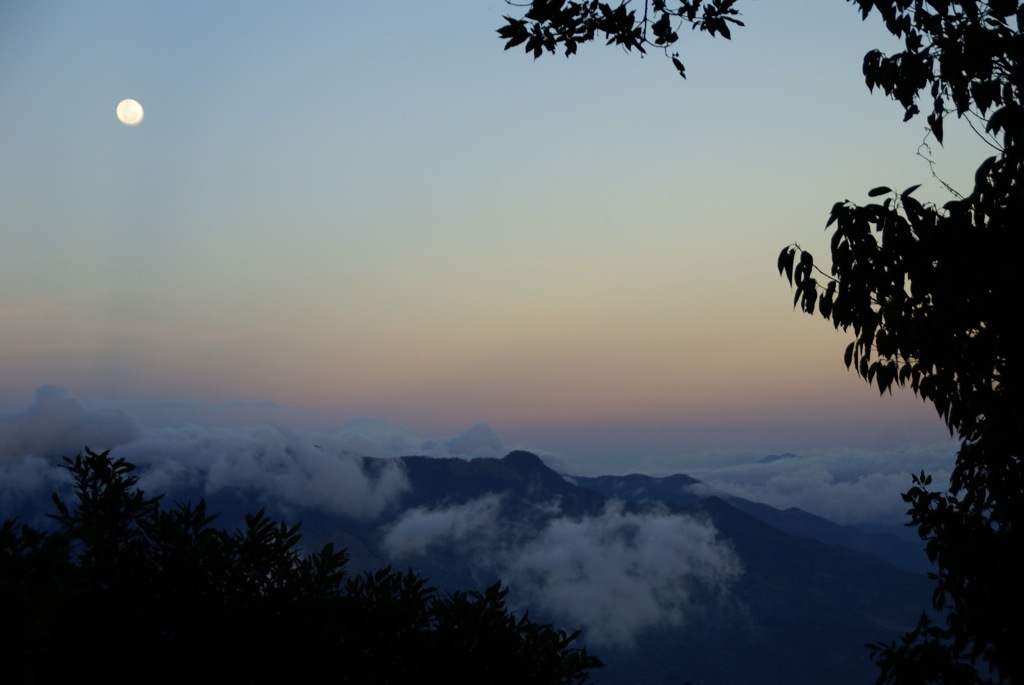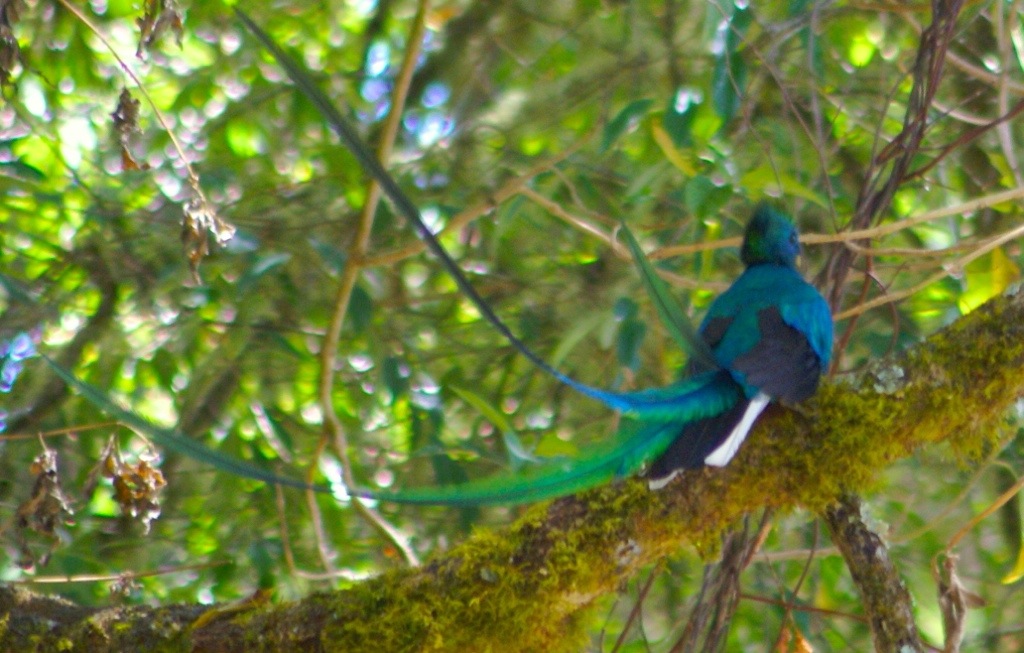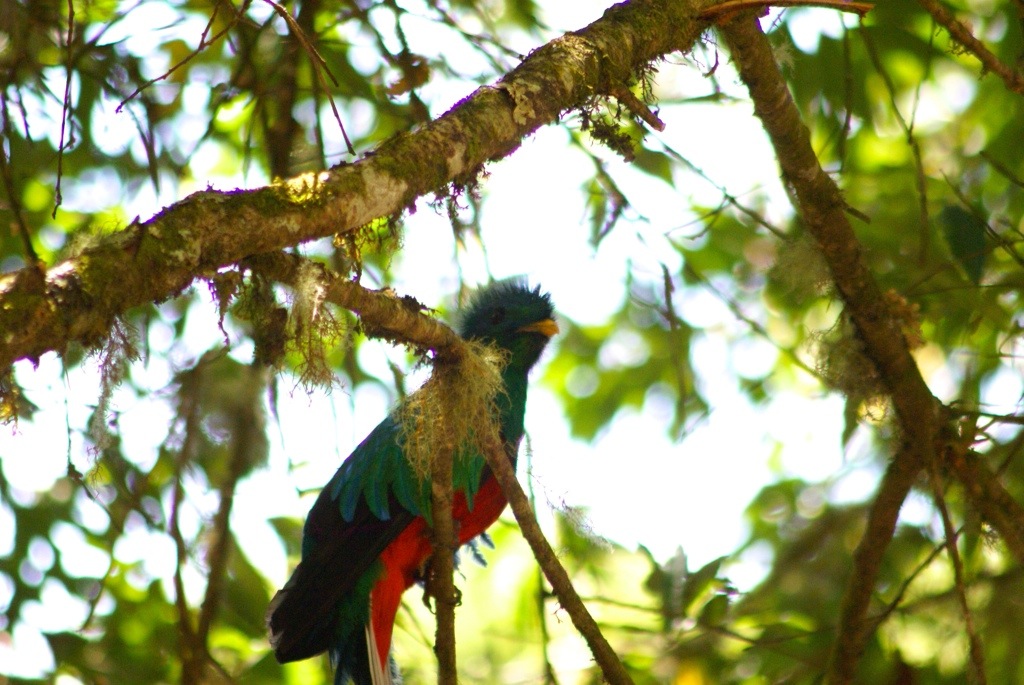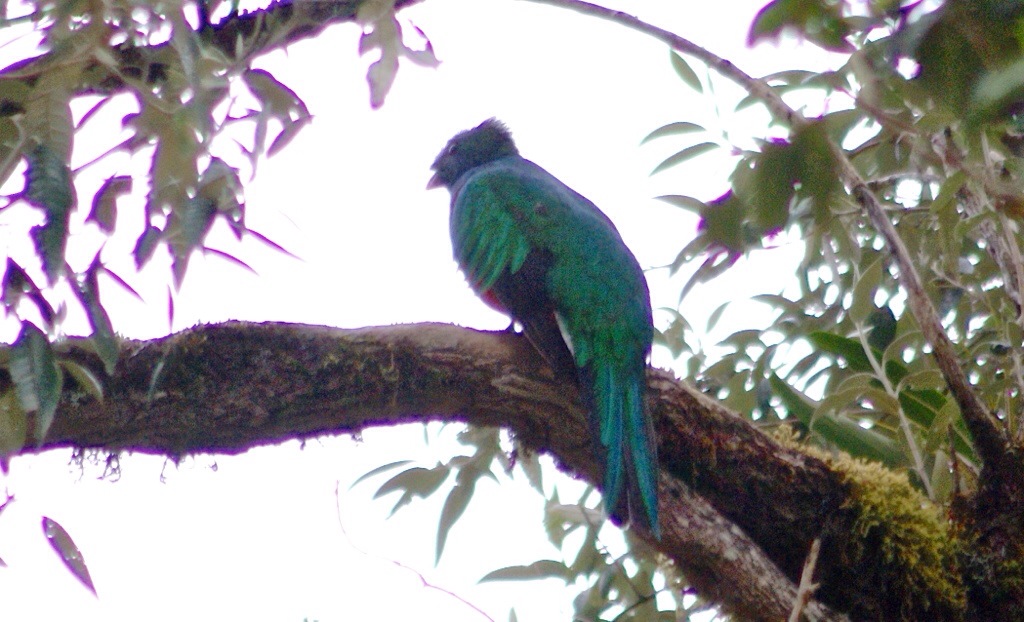 On going up to the viewing platform though there was no disguising how impressive the locks were. We watched as 2 sailboats came into the lock followed by a massive tanker. The sailboats pay about a thousand dollars for passing through the Panama Canal. The tanker would pay around 300,000 dollars. We spent over an hour watching as it was lowered through the two sets of locks.
On going up to the viewing platform though there was no disguising how impressive the locks were. We watched as 2 sailboats came into the lock followed by a massive tanker. The sailboats pay about a thousand dollars for passing through the Panama Canal. The tanker would pay around 300,000 dollars. We spent over an hour watching as it was lowered through the two sets of locks.
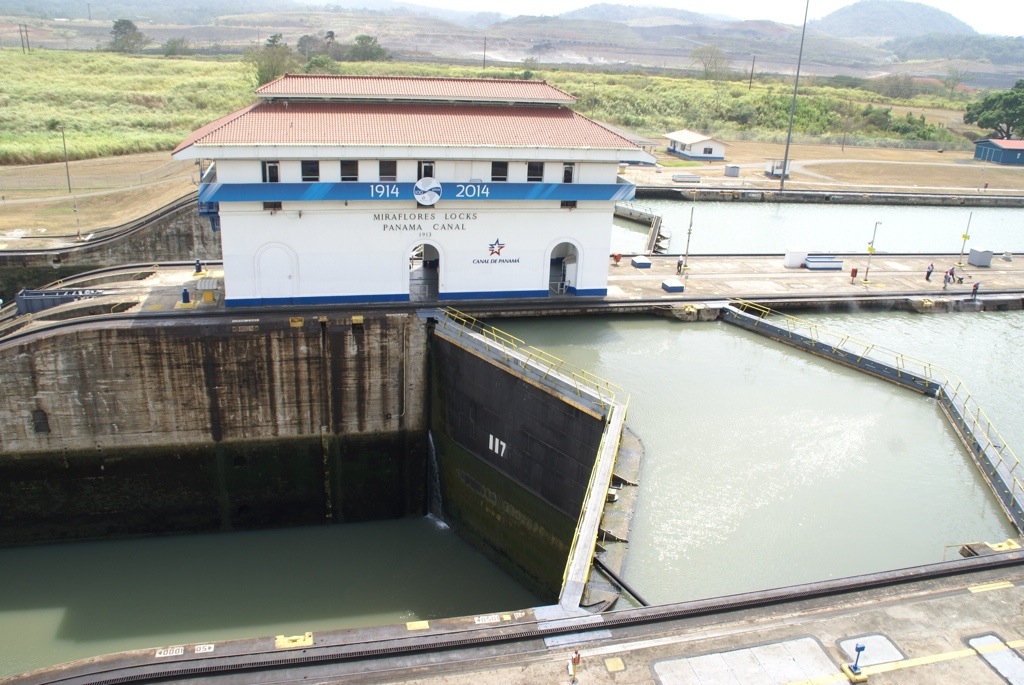
 We headed out to the Parque Nacional Soberania, a jungle park very close to Panama City that is famous for bird watching. As were driving into the park we could hear a clunking coming from underneath the truck. At first we could not see anything but then Gilly spotted that the cover for the brake on the front wheel had come off. As it was late we decided to camp in a small car park by the side of the road. However just as we were getting settled a park official came and said we could not stay there. He said we should come back with him and camp at the ranger station and led us to a secure compound.
The next morning we headed off to find a garage. At the garage they removed the wheel and took off the brake cover. It had sheared off where it had been bolted on. As it is not possible to get a new one in Panama they suggested we weld the old bolt holes back on. This would take a day to do,so while waiting we went back to the National Park. On our way to where we camped we crossed a long rickety bridge.it said the weight limit was 10 tonnes but as a big coach crossed in front of us we thought we would be alright.
We headed out to the Parque Nacional Soberania, a jungle park very close to Panama City that is famous for bird watching. As were driving into the park we could hear a clunking coming from underneath the truck. At first we could not see anything but then Gilly spotted that the cover for the brake on the front wheel had come off. As it was late we decided to camp in a small car park by the side of the road. However just as we were getting settled a park official came and said we could not stay there. He said we should come back with him and camp at the ranger station and led us to a secure compound.
The next morning we headed off to find a garage. At the garage they removed the wheel and took off the brake cover. It had sheared off where it had been bolted on. As it is not possible to get a new one in Panama they suggested we weld the old bolt holes back on. This would take a day to do,so while waiting we went back to the National Park. On our way to where we camped we crossed a long rickety bridge.it said the weight limit was 10 tonnes but as a big coach crossed in front of us we thought we would be alright.
 As we were driving along the canal we could see the big container ships alongside. We were faster than them though!
As we were driving along the canal we could see the big container ships alongside. We were faster than them though!
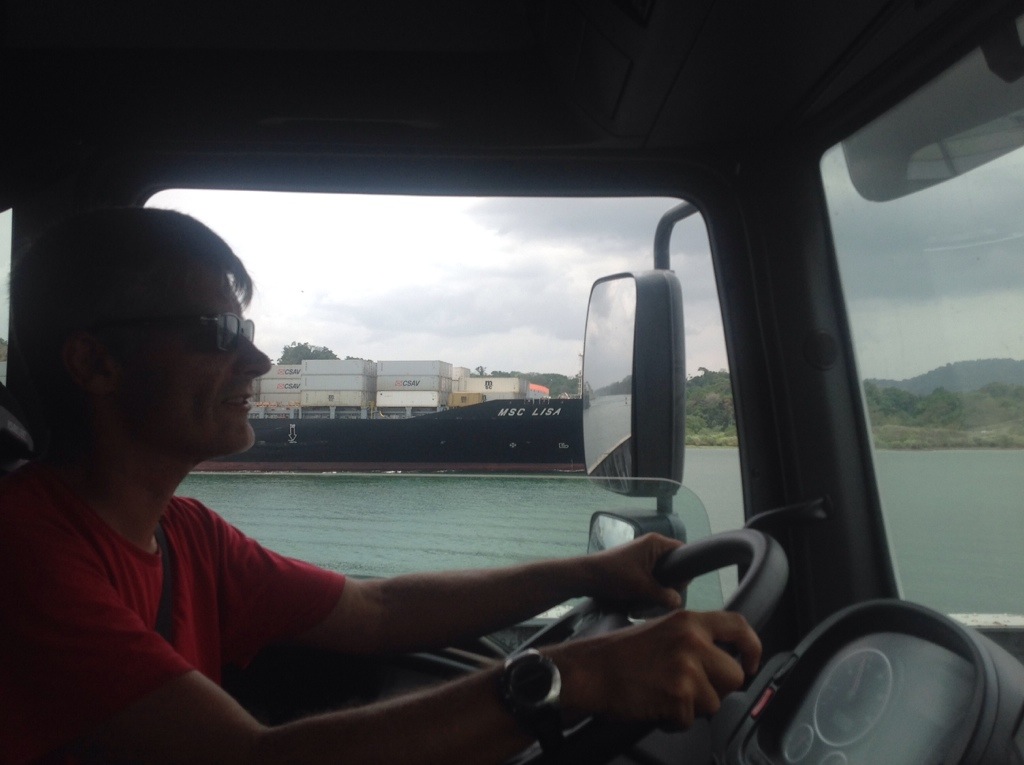 That afternoon we went for a lovely walk in the forest and saw lots of agoutis, monkeys and birds.
That afternoon we went for a lovely walk in the forest and saw lots of agoutis, monkeys and birds.
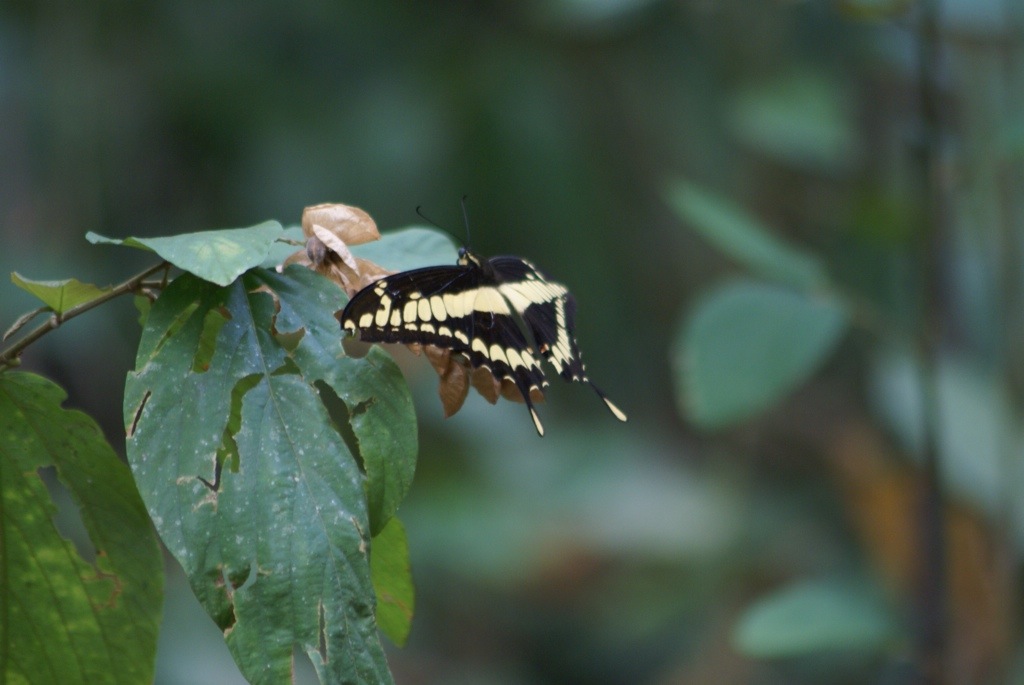
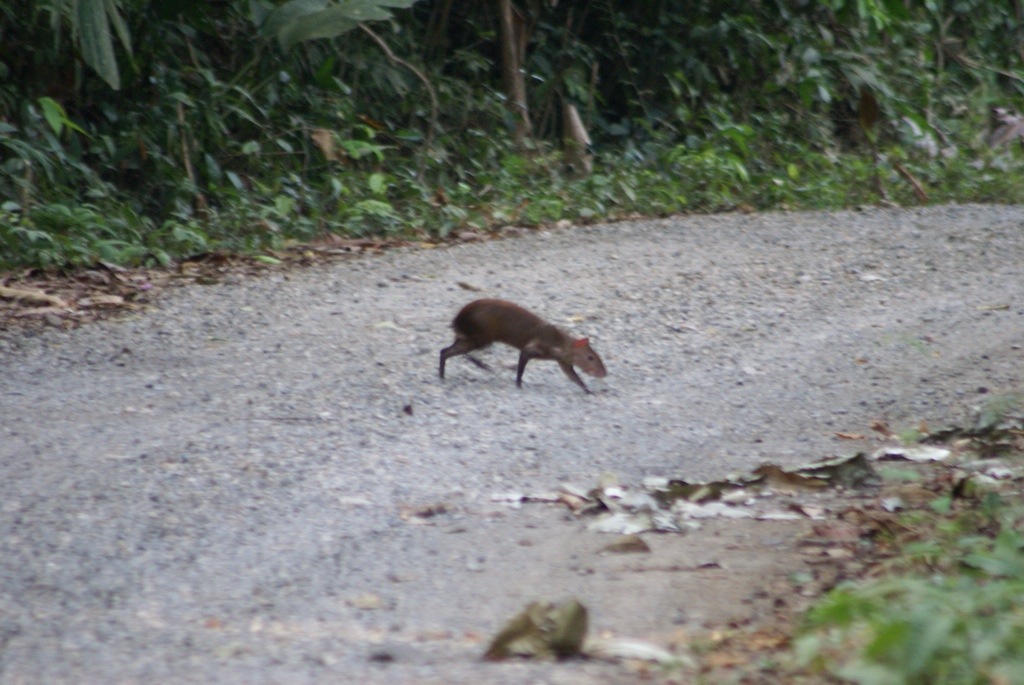
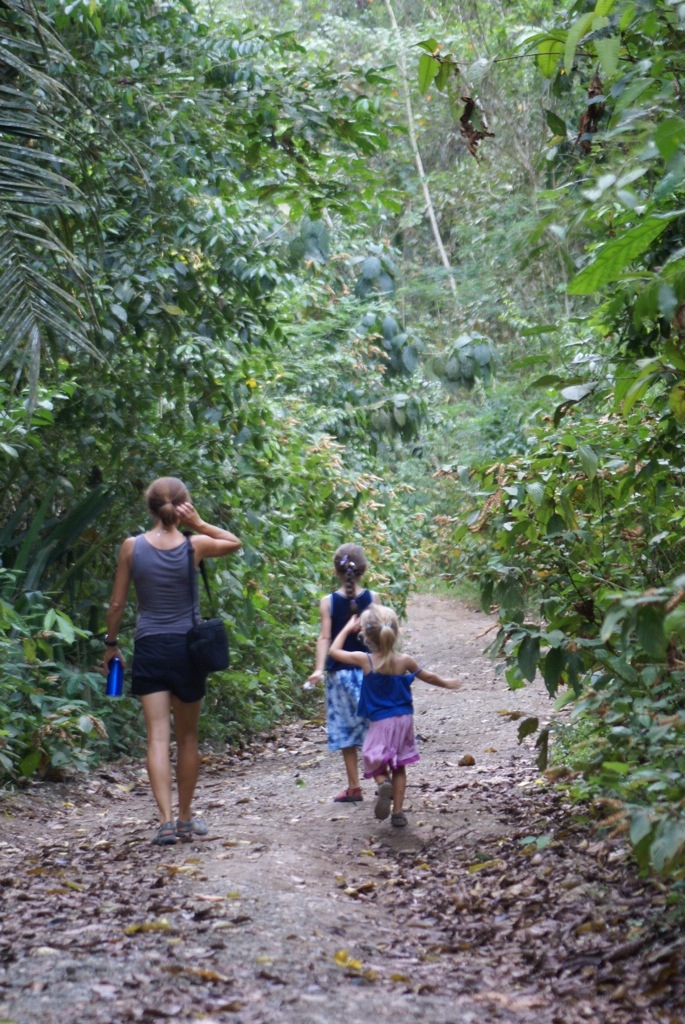 The next morning it was back to the garage. Once the welding was done they refitted the cover, it was a bit of a challenge as it did not fit quite as well as originally but it looks ok and should last for now.
We wanted to see more of the Panama Canal so we headed up to the Gatgun locks. These are the biggest locks and take ships up or down in 3 stages. The viewing platform is also much closer so you can really see how big the ships are and how little room there is on each side as they pass through the locks.
The next morning it was back to the garage. Once the welding was done they refitted the cover, it was a bit of a challenge as it did not fit quite as well as originally but it looks ok and should last for now.
We wanted to see more of the Panama Canal so we headed up to the Gatgun locks. These are the biggest locks and take ships up or down in 3 stages. The viewing platform is also much closer so you can really see how big the ships are and how little room there is on each side as they pass through the locks.
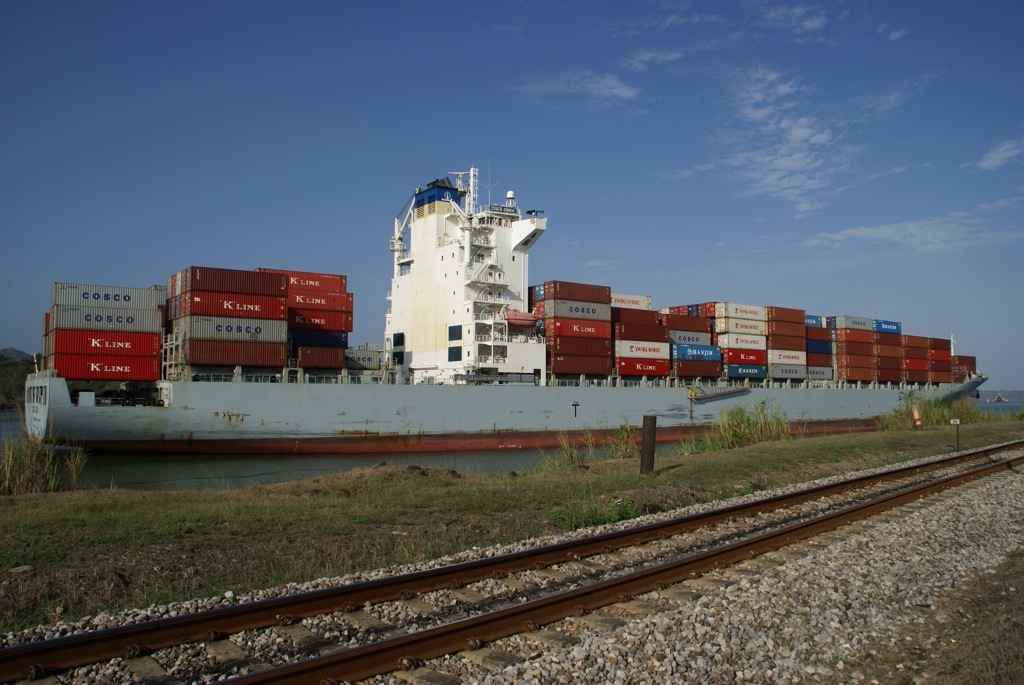
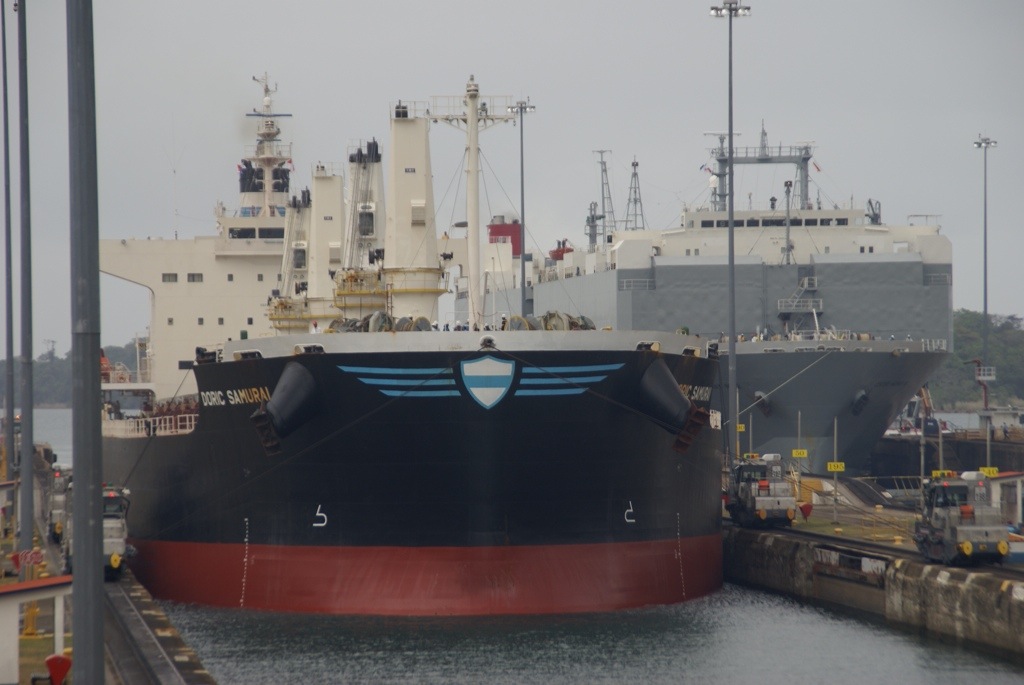 At the locks we met up with Betti and John and they suggested we went to camp at a nearby marina. Before getting there though we had to cross the canal, and this meant driving across one of the lock gates.
At the locks we met up with Betti and John and they suggested we went to camp at a nearby marina. Before getting there though we had to cross the canal, and this meant driving across one of the lock gates.
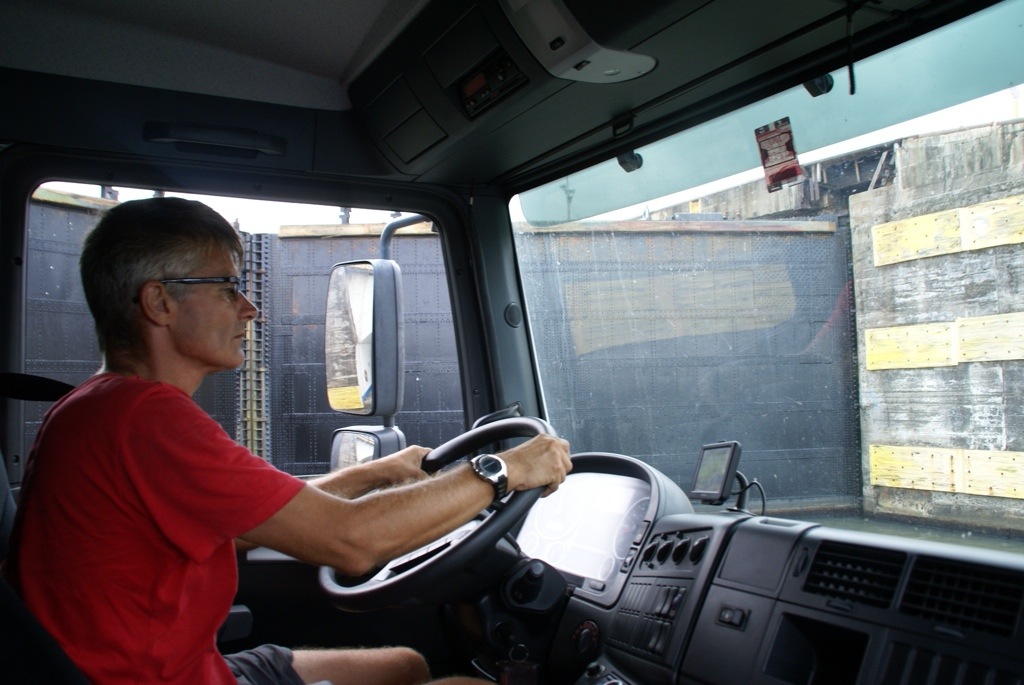 The Marina was near the old US army base that was used to protect the canal. Since the Americans left in 1999 the Panamanians have taken over, however many of the buildings are no longer been used and have become derelict.
The Marina was near the old US army base that was used to protect the canal. Since the Americans left in 1999 the Panamanians have taken over, however many of the buildings are no longer been used and have become derelict.
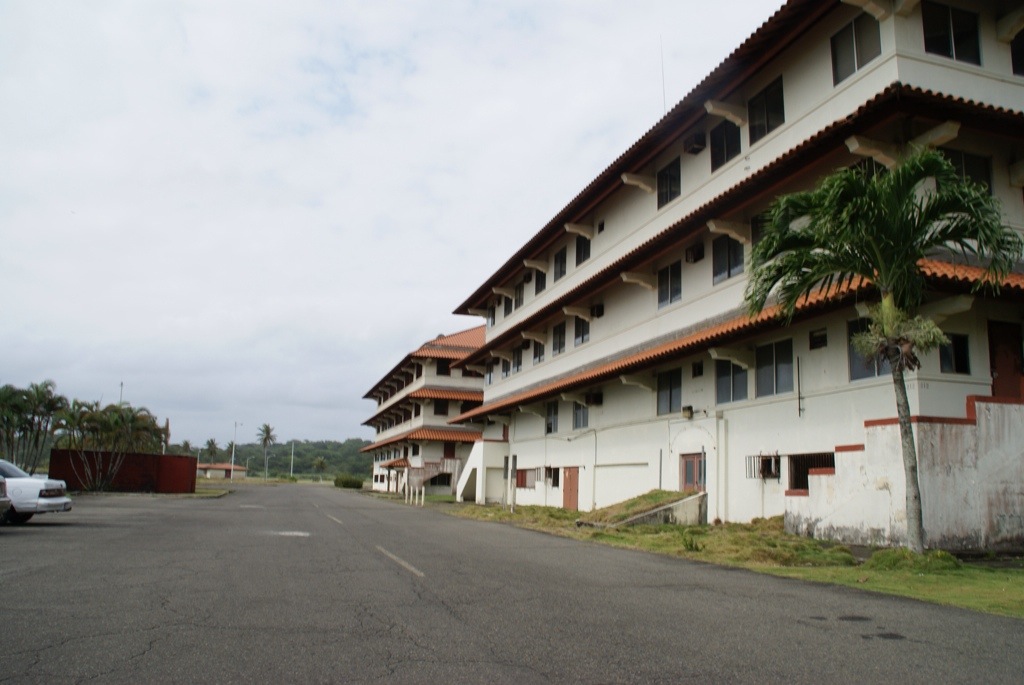 We spent the evening enjoying a good meal at the yacht club that was washed down with $1 happy hour beers.
As we had plenty of time to kill before our boat leaves for Colombia we headed to the nearby San Lorenzo National Park and found a place to camp where the Rio Chagres enters the ocean. This was meant to be a good spot for fishing so we eagerly set about trying to catch supper. It was a good job we had brought food with us as yet again we failed to catch anything.
We spent the evening enjoying a good meal at the yacht club that was washed down with $1 happy hour beers.
As we had plenty of time to kill before our boat leaves for Colombia we headed to the nearby San Lorenzo National Park and found a place to camp where the Rio Chagres enters the ocean. This was meant to be a good spot for fishing so we eagerly set about trying to catch supper. It was a good job we had brought food with us as yet again we failed to catch anything.
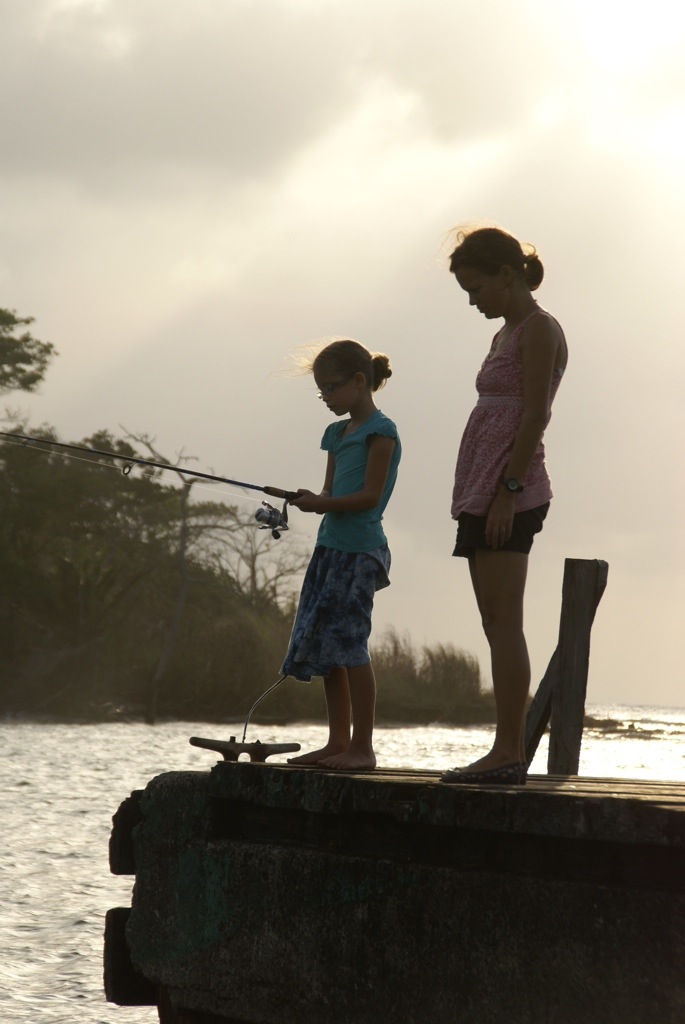
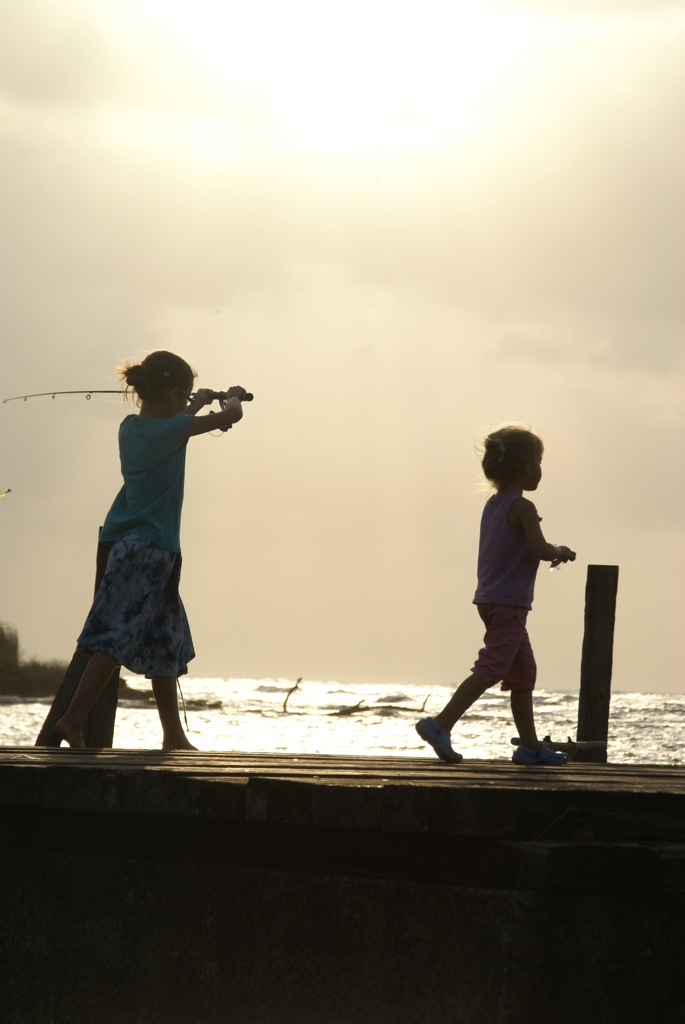
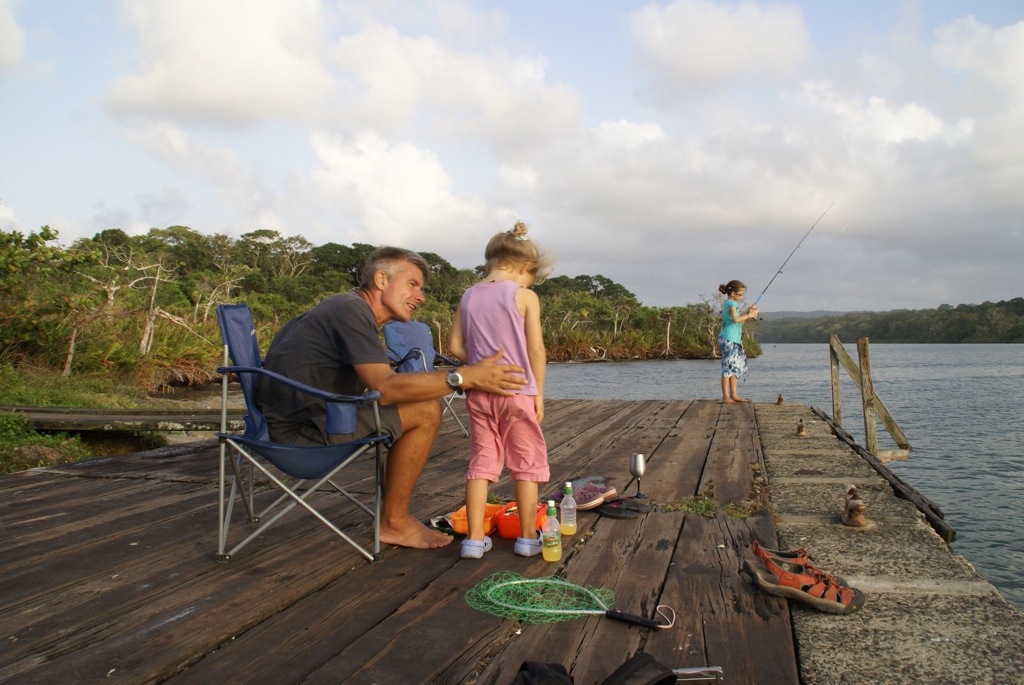 The next day I was woken for my birthday with presents of chocolates and hand made cards. This was followed later by lovely chocolate cup cakes. We went for a walk to the nearby fort. This had been built by the Spanish to protect the coastline from pirates. From there we had great views back to where our trucks were parked. We also got the disappointing news that our ship was going to be further delayed so we are now really struggling to fill our time.
The next day I was woken for my birthday with presents of chocolates and hand made cards. This was followed later by lovely chocolate cup cakes. We went for a walk to the nearby fort. This had been built by the Spanish to protect the coastline from pirates. From there we had great views back to where our trucks were parked. We also got the disappointing news that our ship was going to be further delayed so we are now really struggling to fill our time.

 Looks like it's back to the yacht club for happy hour!
>
Looks like it's back to the yacht club for happy hour!
> 
